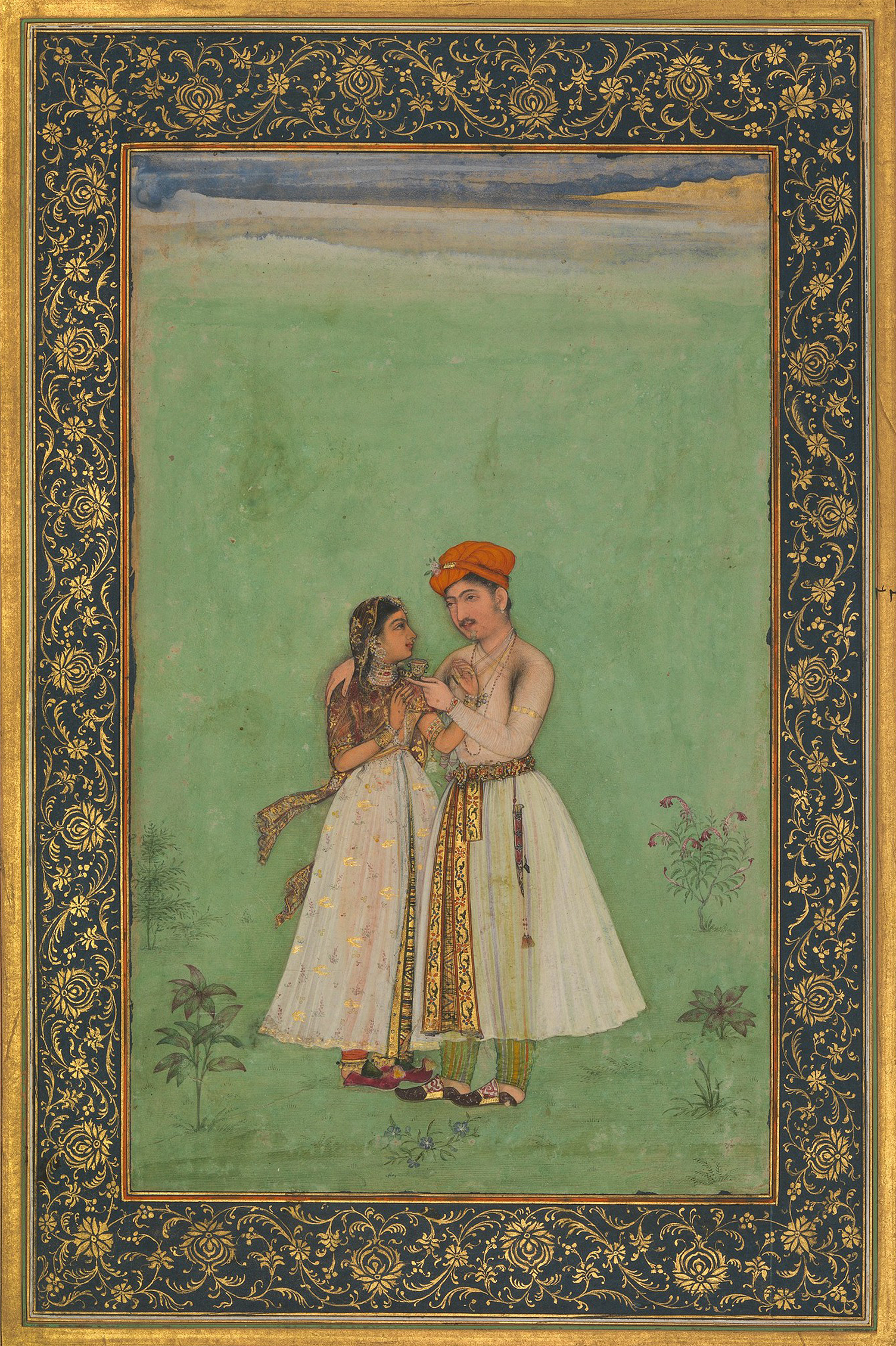
Shah Shuja with a Beloved, folio from the Shah Jahan Album, by Govardhan, c. 1530. The Metropolitan Museum of Art, Purchase, Rogers Fund and The Kevorkian Foundation Gift, 1955.
In April 1893, Mehdi Hasan and his wife, Ellen, boarded a train from Hyderabad in southern India headed north to Lucknow. April can be a hot month, as the monsoon rains do not reach Hyderabad until early June; before that, days can turn to weeks with nothing but bright sunshine. Mehdi and Ellen directed the porters in securing their bags, ensured the compartment windows were open to catch what breeze there was, and sat down and waited for the shrill steam whistle to sound, the air brakes to release, and the train to begin its slow crawl out of Nampally Station.
The railway lines out of Hyderabad passed dirt and wood shacks that housed the city’s poor, who prepared meals over open fires and looked up to catch only a glimpse of Mehdi and Ellen and a life they could never afford. In the distance, beyond the palms and fruit trees, past the jasmine and mangoes, larger palaces dotted the Hyderabad skyline. The couple had dined and been entertained by many of the nobles who inherited or built these grand structures, covered in silky chunnam plaster and topped with ornately carved wooden gingerbread trim. The couple might have caught a glimpse of water shimmering in the sunlight—one of Hyderabad’s many lakes used for pleasure boating where one could take in the reflection of ruins from earlier empires. The train lumbered out of the city and into the countryside, blowing its whistle at wayward water buffalo and cows, ox cart drivers, bicycle riders, and a few emergent motorcars, as well as elephants, horses, camels, and other fauna. Perhaps in those moments, as Hyderabad passed beneath the carriage wheels, the couple pondered what had befallen them over the past year.
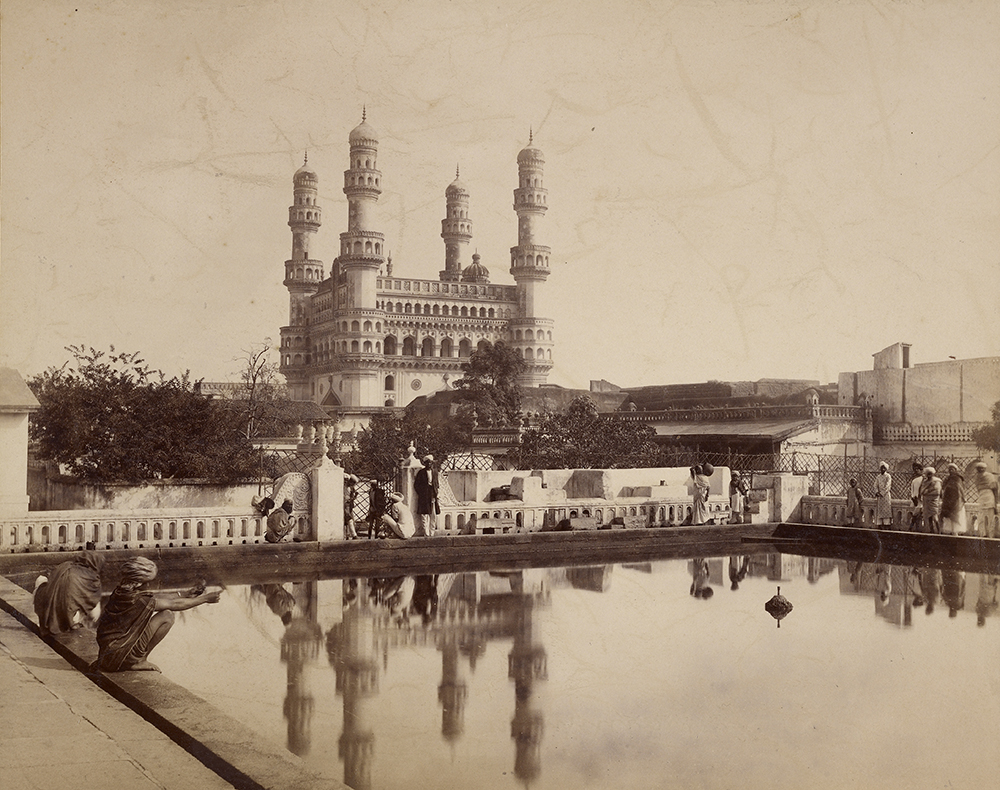
Mehdi and Ellen had come to Hyderabad a decade earlier in the winter of 1883. Mehdi had enjoyed a kind of success that made other men jealous. A young Muslim noble, he was a graduate of Canning College in Lucknow, where British educators groomed young men for service in the Government of India. There he received a competent education under the watchful eyes of British administrators. At the start of his career, he spent a few years working for the Government of India in the districts near Lucknow.
In 1872 Mehdi began courting Ellen Donnelly and married her the next year. She and her sisters and father, who was a low-ranking officer of the Indian Army, lived in Lucknow. The Donnellys rented rooms from Indian landlords in lower-middle-class neighborhoods. These were far from the posh colonial lines of tidy bungalows and the local club. Originally from Ireland, the Donnellys were members of India’s population of poor whites. Ellen spoke Urdu and often dressed in local attire. She was considered quite beautiful. During her late teenage years, she befriended a group of young, handsome Indian men. Mehdi was part of this group, and after persistent efforts, Ellen converted to Islam and accepted his proposal of marriage, remaining devoted to him throughout her life.
Were it not for Mehdi’s ambitions, the couple might have stayed forever in Lucknow, an example of a form of late nineteenth-century hybridity—a living bridge between Indian and European worlds—and something of an oddity at the time, as interracial marriages were less common than they had been in the eighteenth century. But Mehdi knew Sir Syed Ahmed Khan, the great north Indian reformer, and when a fellow reformer, Sir Salar Jung I, the prime minister of Hyderabad State (also called the Nizam’s Dominions), came to Lucknow on a visit, Sir Syed spoke highly of Mehdi.
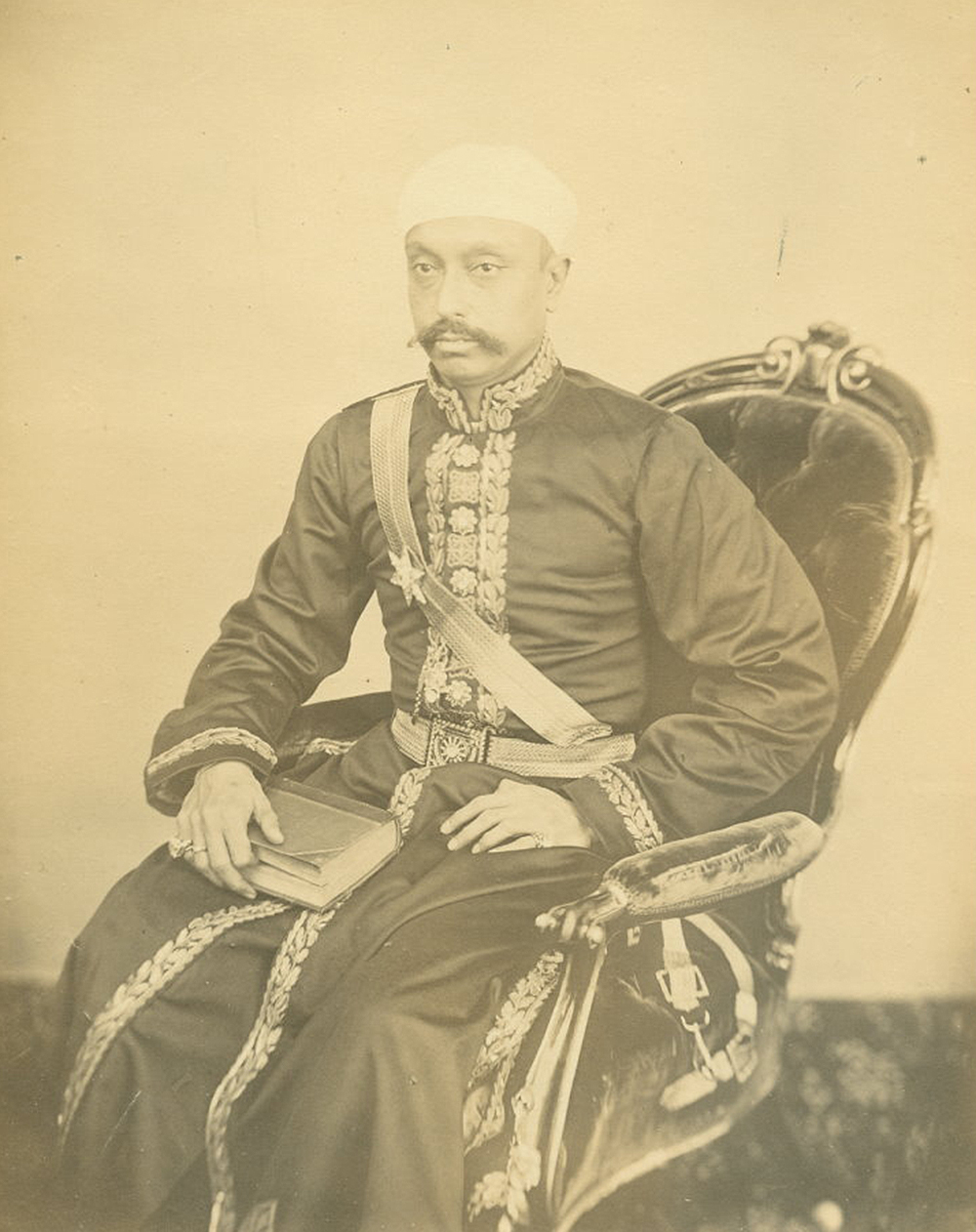
Salar Jung was on tour in north India in the 1870s, recruiting educated men to come to Hyderabad and help him reform India’s largest, wealthiest princely state. Salar Jung was suitably impressed by Mehdi and invited him to work in Hyderabad. Once there, Mehdi began a meteoric rise. Among his posts, he served as a judge in a local small-claims court; a taluqdar; and puisne judge of the Hyderabad High Court. In 1887 he received the title Fateh Nawaz Jung. His rise continued when he became Mir-i Majlis-i Adalat al-Aliya, or chief justice of the High Court, and soon after, home secretary—all with the blessing of the prime minister and the ruler of Hyderabad State, the Nizam, Mahbub Ali Khan.
Ellen was born a Christian but converted to Islam just before she married Mehdi. Following a common practice, she maintained purdah after her marriage. Both Muslim and Hindu women practiced different degrees of purdah—from extreme social segregation to simply wearing a veil and modest attire. Ellen too observed a form of purdah in her early years of marriage, only to abandon the practice after being in Hyderabad for some time.
Once there, with her husband’s approval, she came out more and more, dressing and behaving like a respectable British woman. She certainly socialized with other European women living in the city, but her marriage to Mehdi—at a time when relations between Indians and Britons were sometimes tense—must have made reactions to her strained. They both attended functions at the homes of Hyderabad’s local elite, as well as at the Residency, home of the ranking British official at Hyderabad, the Resident. Mehdi was called to the bar in London, so the couple traveled to Britain and France in 1888.
After Mehdi’s return to India, the Nizam appointed him home secretary of Hyderabad State in late 1889. In this position, Mehdi ranked just below the prime minister, himself just beneath the Nizam.
Three years passed as Mehdi and Ellen moved in ever-higher circles of Hyderabad society. Mehdi was included in social events held by the Nizam and other Indian officials because of his position. Ellen, being an Indian-born Briton and the wife of a man of rank, was invited to British social activities like tea parties or “at homes.” Together, they expanded and enriched each other’s social calendars and operated as a sort of late nineteenth-century power couple. Nothing, it seemed, could damage this glamorous interracial duo.
Maps of India from the late nineteenth century often have two colors, yellow and pink. Yellow was the India of its princely states, 562 in all, comprising about one-third of the subcontinent’s territory. Pink India was British, composed of three large administrative units known as presidencies—Madras, Bombay, and Bengal—as well as the provinces and territories that fell under the direct control of the Government of India. Mehdi and Ellen traveled between the two colors, and in some ways, that was the beginning of their problems.
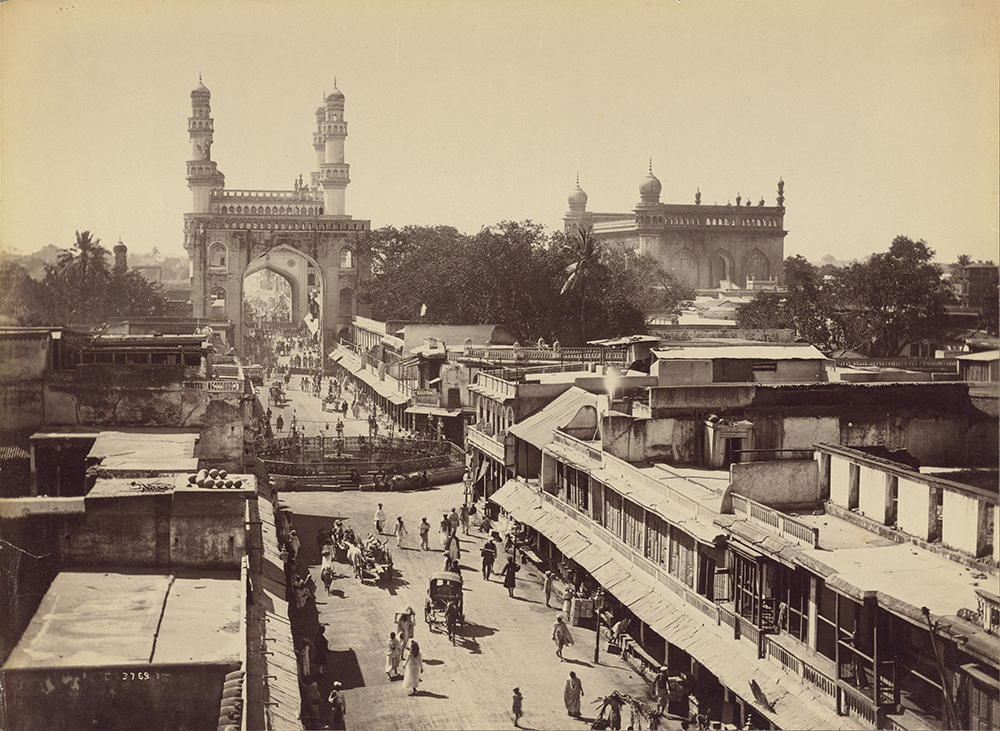
The Indian subcontinent has always been a conglomeration of regions, some clearly defined by geographic features, others defined by faith, language, or dialect. Regions were cobbled together through war and conquest and took on their semi-fixed shapes over long periods of time. Hyderabad State is a good example. About the same size as France, Hyderabad State, located in the heart of the south-central Deccan Plateau, was the amalgamation of earlier Deccan rulers as well as interventions from north India, including that of the Mughals. As in many other parts of the subcontinent, Hyderabad was home to several different languages and dialects. Mehdi spoke Urdu, the local language in Lucknow, which, by the late nineteenth century, was also the language of government in Hyderabad. Besides using Urdu, some educated men knew and spoke Persian, while in the countryside one could hear Telugu, Kannada, and Marathi, as well as Dakhni and other languages.
The poor often remained within their natal region. India’s caste system helped foster this sense of rootedness, and difficulties in long-distance travel—thugs, dacoits, and other hazards of the road—sometimes kept inhabitants settled. Over time, a deep sense of being of the soil—a mulki, or local—developed. Many citizens of Hyderabad city and Hyderabad State shared a feeling of localism: you were either one of us, a mulki, or you were not, a non-mulki. At the same time, opportunities arose in the nineteenth century for members of the middle and upper classes to move across the subcontinent as well as to Europe and beyond. Greater mobility was available to those Indians armed with some education in English and increasing familiarity with British norms, particularly educated Indian Muslims whose knowledge of Urdu and Persian, combined with fewer cultural restrictions on travel, made them able to operate successfully in a wide cosmopolitan network within and without India.
In 1857 the East India Company’s hold on India was fundamentally shaken by an upheaval within its Indo-British army. The event, known as the Mutiny, the Uprising, or the First War of Independence, ended by 1858 when company forces prevailed and reestablished control. At that moment, the British government assumed direct control of what were once the company’s possessions in India. The consolidation of British power across the subcontinent after the events of 1857, and the coming of the railroad in the decades that followed, offered new possibilities. Now, inhabitants of north India like Mehdi were not just men or women of Lucknow or Delhi, of Agra or Kanpur, but also subjects of a British Empire with rights granted to them—at least in theory—by Queen Victoria herself. As subjects of the empire, and sometimes employees of the British colonial administration, they became part of a system (with roots established by the Mughal Empire before them) in which education and a shared vocabulary gave them more freedom of movement within the administrative system, and thus they were more likely to move around within the empire. Mehdi had studied in north India under British schoolmasters and worked for some years in land administration. As such, in the eyes of Prime Minister Salar Jung I, he possessed skills beneficial to the administration of Hyderabad State.
However, as a citizen of Lucknow and north India, Mehdi’s foreign travels and employment in Hyderabad upset the local mulki community. This entrenched regionalism worked against him. While he might have considered himself a cosmopolitan man—born in one place, able to work in another, and weighing in on the imperial world around him—such an outlook was less common among Hyderabad’s local elites, if not downright threatening. Thus, the story of Mehdi and Ellen is, in part, one of insiders and outsiders. The latter never have an easy time of it.
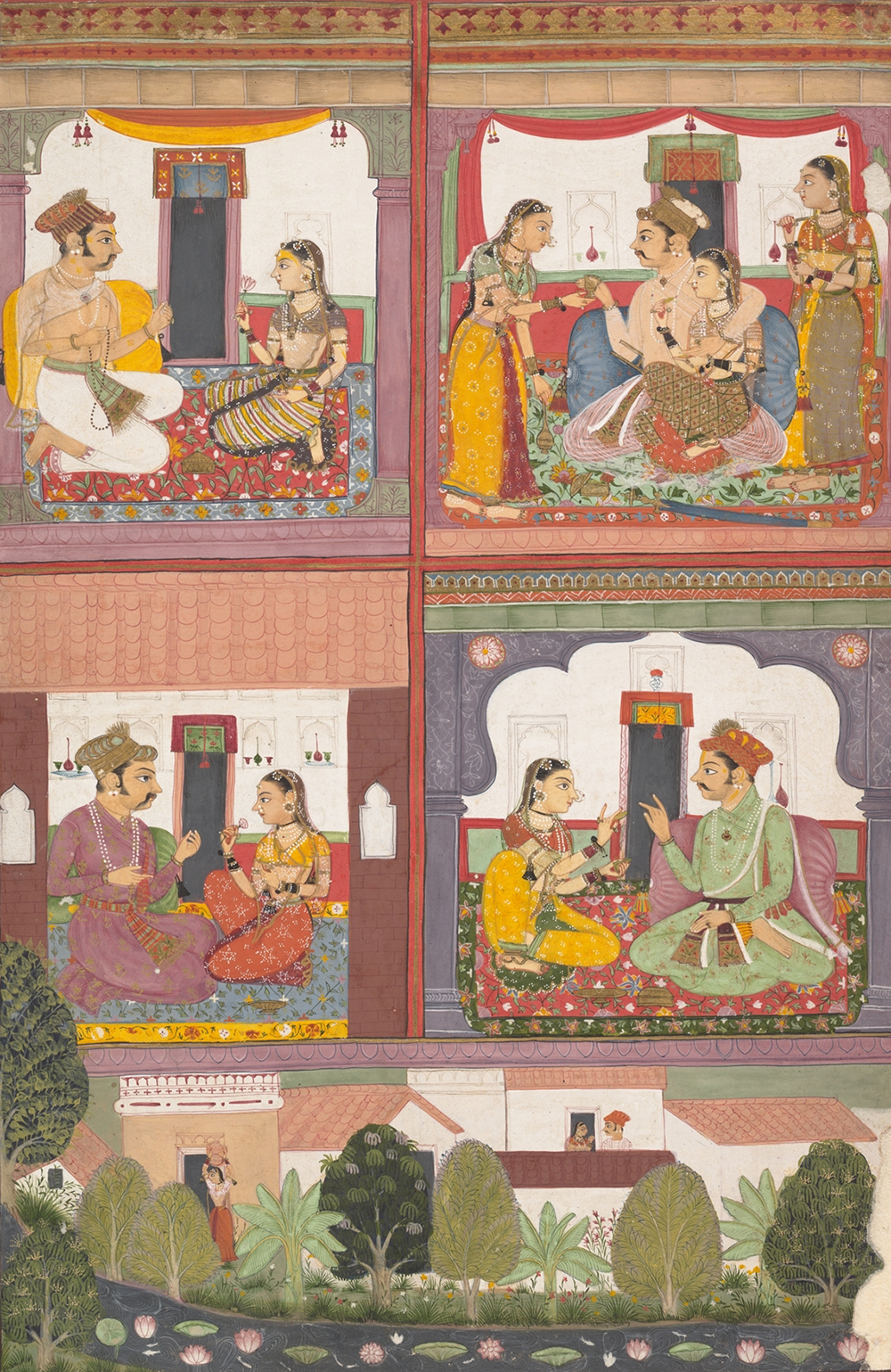
The couple’s experiences in the two cities of Lucknow and Hyderabad were radically different: Lucknow was home, with family close by and deep connections across a variety of social networks, but it offered only basic opportunities for Mehdi. Hyderabad was full of potential but foreign territory. The dialect of Urdu spoken there was different from that of Lucknow, and Mehdi and Ellen knew almost no one in the city. Yet Hyderabad officials (and Salar Jung in particular) sought out men like Mehdi to bring their experience to Hyderabad. For someone who worked hard and had the essential social graces—aided by a wife of European descent—opportunities were plentiful.
If Mehdi was an outsider in Hyderabad, Ellen faced an entirely different challenge. She represented a different group in late nineteenth-century India. Part of her story arguably began on New Year’s Eve, 1600, when Queen Elizabeth granted an exclusive charter to the newly minted East India Company. For the next 250 years the company, slowly at first and then with greater speed, expanded its footprint in India. Early contacts between company officials and then Mughal rulers were not successful at first. But by the mid-seventeenth century, the British had small footholds at Madras, Calcutta, and Bombay. From these towns, which became the presidency capitals, the company became increasingly involved in local Indian politics and warfare. Company officials, taking a page from their French competitors in India, trained Indian sepoys for their army and then either lent them to local Indian rulers or used them under direct command to annex principalities that bolstered their position as a commercial force.
Across India, rulers of princely states were seen as important players in the affairs of the East India Company. Officials of the company and Crown sent British employees to these princely capitals as representatives, with the title of Political Resident. Being posted to a large and wealthy princely state elevated the Resident’s own prestige within company ranks. Among the most important and largest courts in India was that in Hyderabad. By the eighteenth century, at Hyderabad and across India, Britons began taking a new interest in things Indian. For instance, James Achilles Kirkpatrick (1764–1805), then the Resident at Hyderabad, adopted Indian dress, language, and food. He also took an Indian wife. Kirkpatrick’s love interests were formed within the company and Hyderabad’s elite, whereas the story of Mehdi and Ellen—he from humble origins and she from a poor white family—was one of love within a different stratum of Indo-British society.
Excerpt adapted from An Appeal to the Ladies of Hyderabad: Scandal in the Raj by Benjamin B. Cohen, published by Harvard University Press. Copyright © 2019 by the President and Fellows of Harvard College. Used by permission. All rights reserved.
